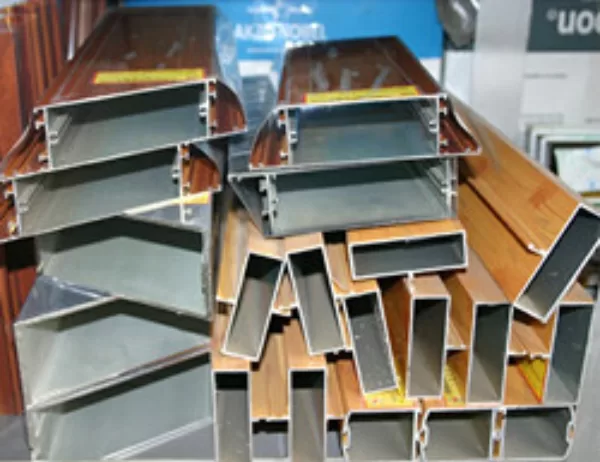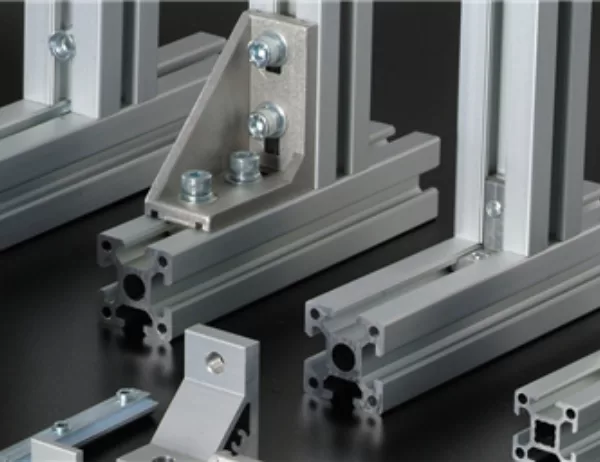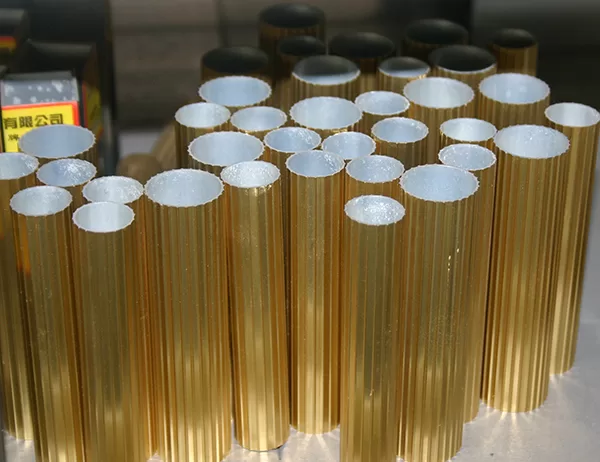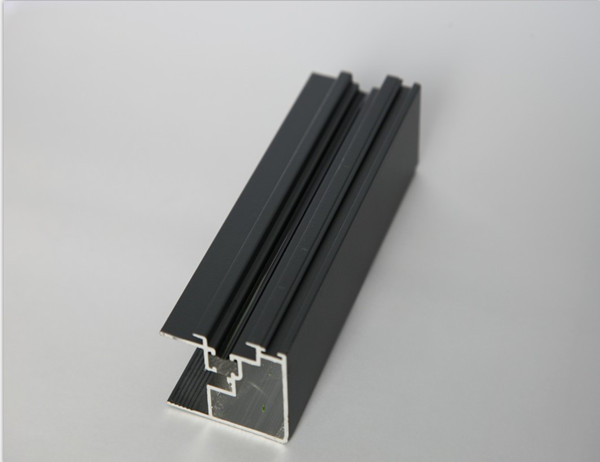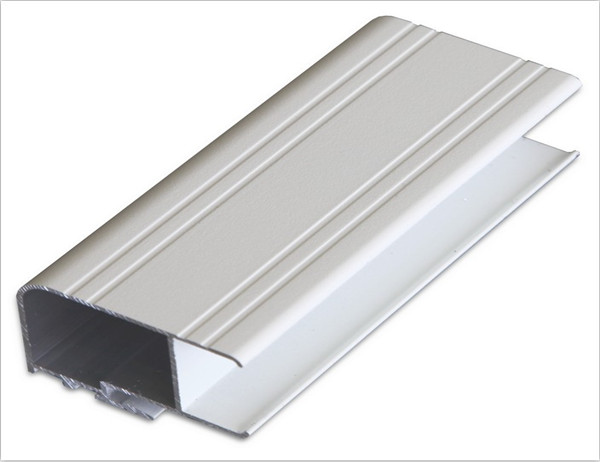The History and Evolution of Extruded Aluminum Pipes: A Journey of Structural Innovation
In the annals of construction, extruded aluminum pipes stand as an embodiment of architectural prowess, shaping our skylines with their lightweight yet robust presence. Their unique properties have propelled them from humble origins to the zenith of modern architecture.
Genesis: The Dawn of Extrusion
The extrusion process, which involves forcing molten aluminum through a die to create a desired shape, has its roots in the 19th century. However, it was only in the early 20th century that aluminum pipes emerged as a viable construction material. The initial aluminum extrusions were used for decorative purposes, such as door frames and window casings.
Foundational Breakthroughs: The Age of Engineering
As engineers delved deeper into the potential of extruded aluminum, its structural properties became evident. By the mid-20th century, aluminum pipes were employed in a wide range of applications, from aerospace to construction. The development of high-strength alloys, such as 6061 and 6063, further enhanced their durability.
Modern Marvels: The Advent of Versatility
In recent decades, extruded aluminum pipes have transitioned from mere structural components to multifaceted solutions for contemporary architecture. Their corrosion resistance, ease of fabrication, and aesthetics make them ideal for a plethora of applications, including bridges, curtain walls, and solar energy systems.
Conclusion: A Legacy of Innovation
The evolution of extruded aluminum pipes is a testament to the ingenuity and perseverance of human endeavor. From their humble beginnings as decorative elements to their current status as versatile structural solutions, these pipes continue to inspire architects, engineers, and builders alike. As the construction landscape transforms, extruded aluminum pipes will undoubtedly remain at the forefront of innovation, shaping the structures of tomorrow.
